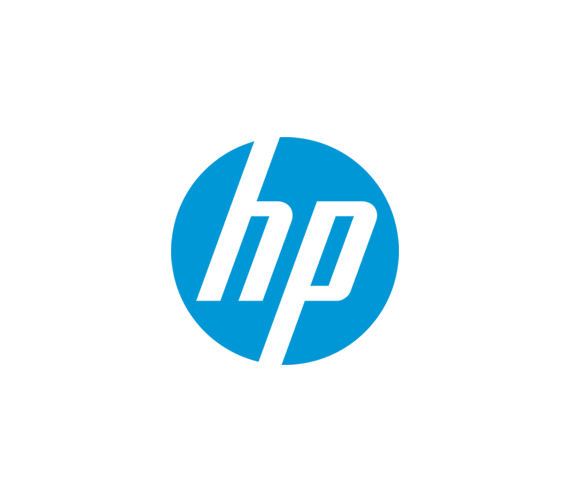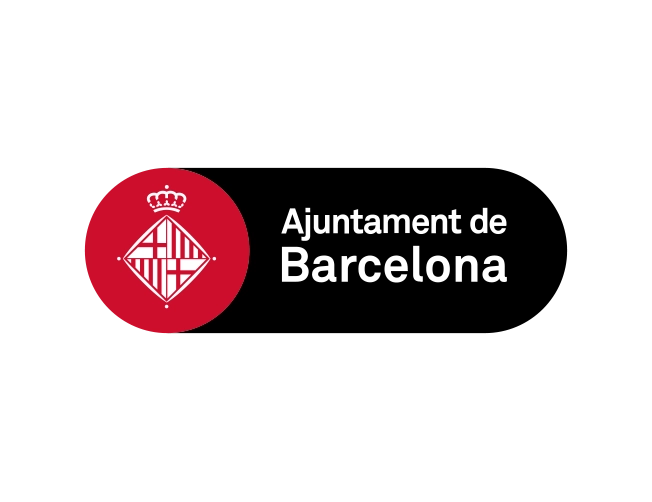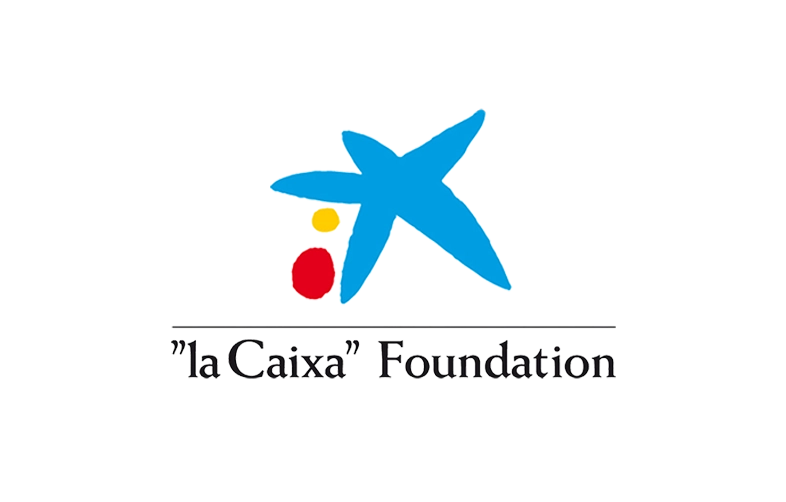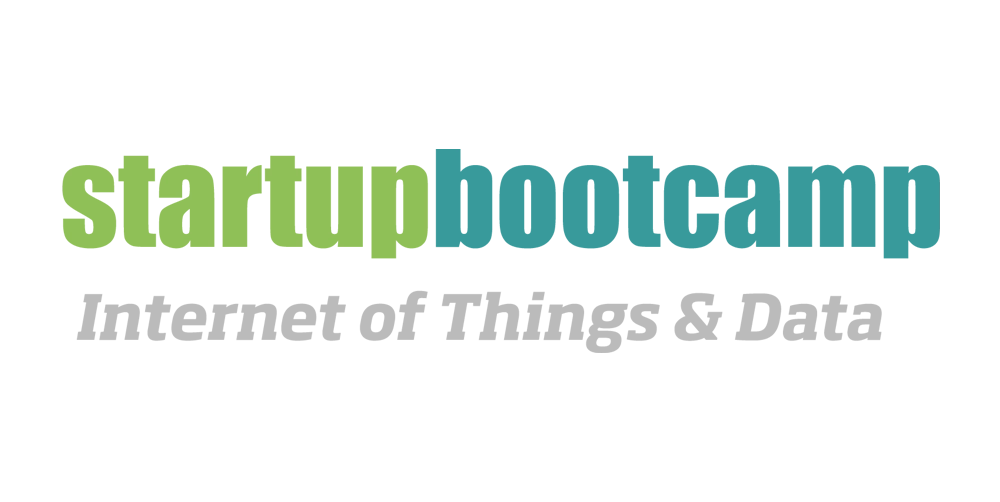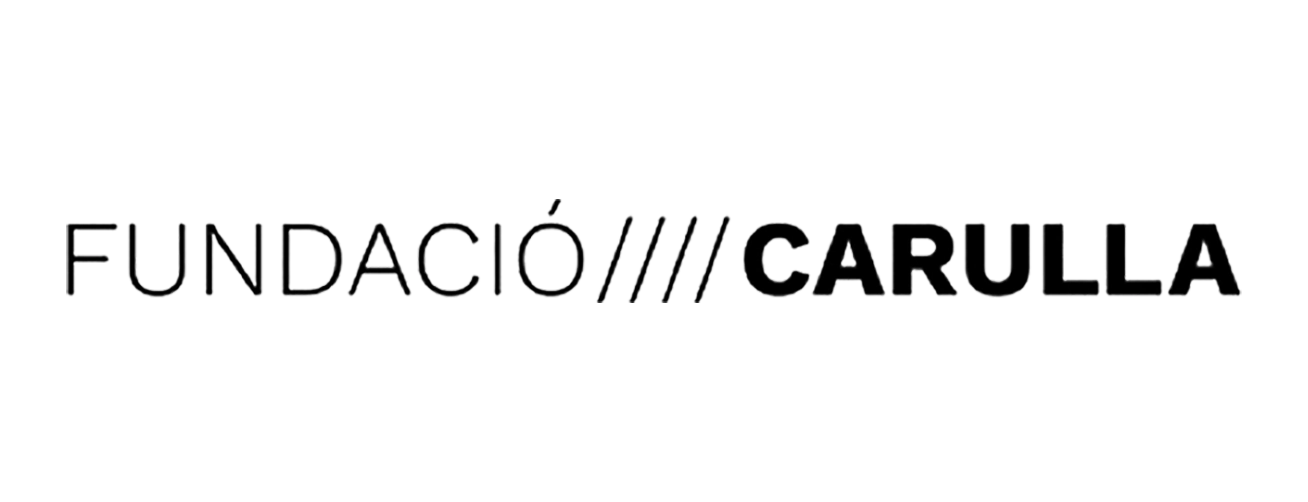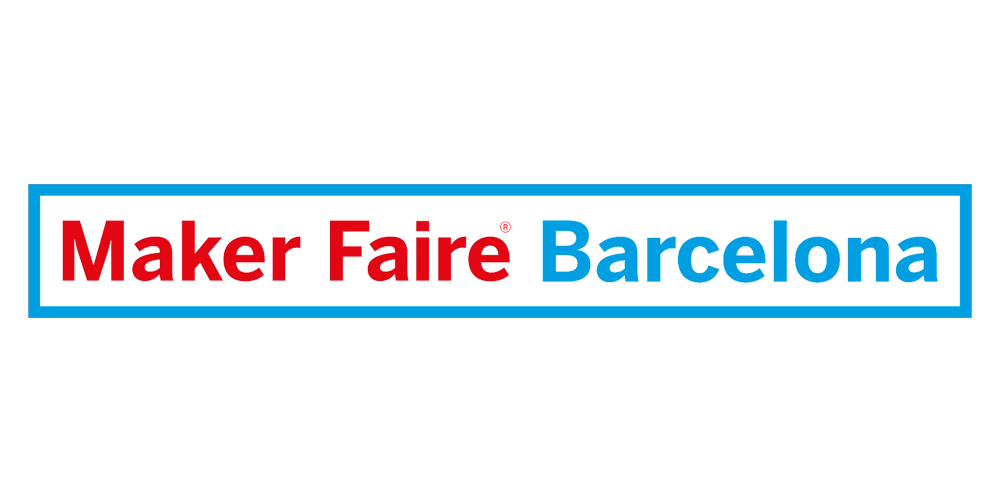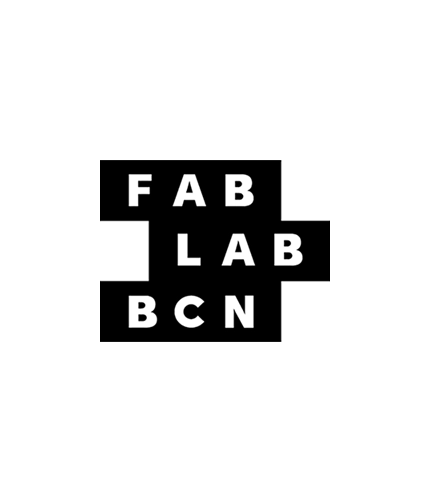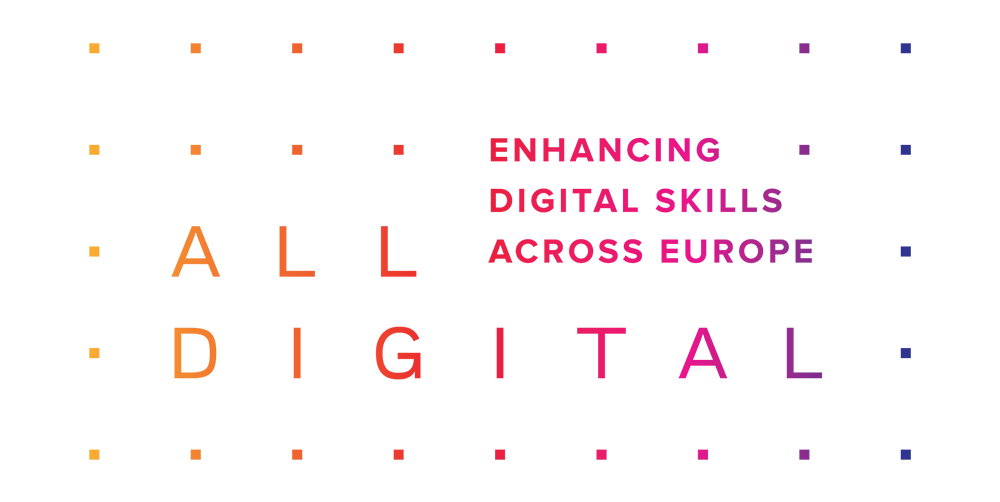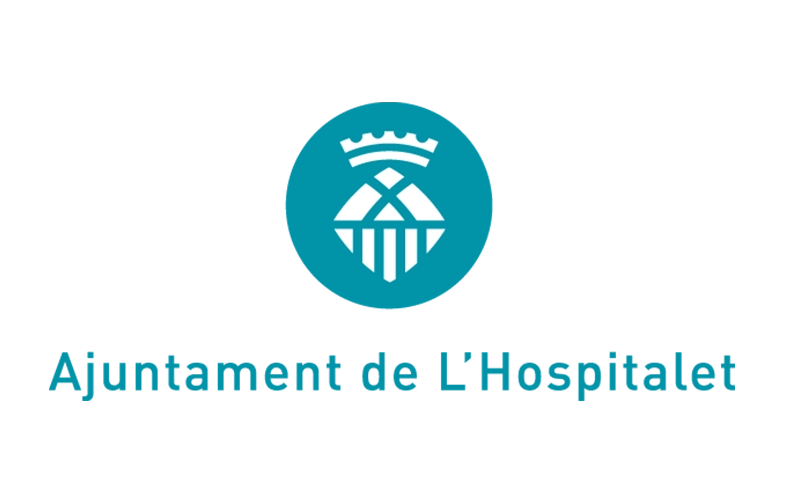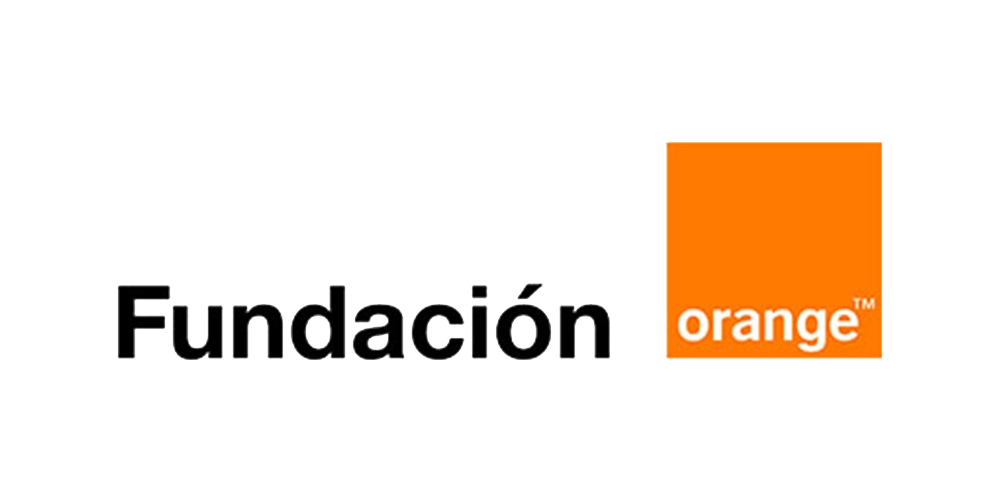Over a decade of product design
With extensive experience collaborating with different companies, I have successfully developed a variety of products from concept to implementation, combining innovation with practicality, ensuring that each design is not only functional but also creates a positive experience for users. I have had the opportunity to be part of notable projects across various industries, collaborating with government agencies, multinational companies, and startups to deliver comprehensive solutions. These projects have not only challenged me creatively but have also refined my ability to meet the diverse needs of clients and market demands.
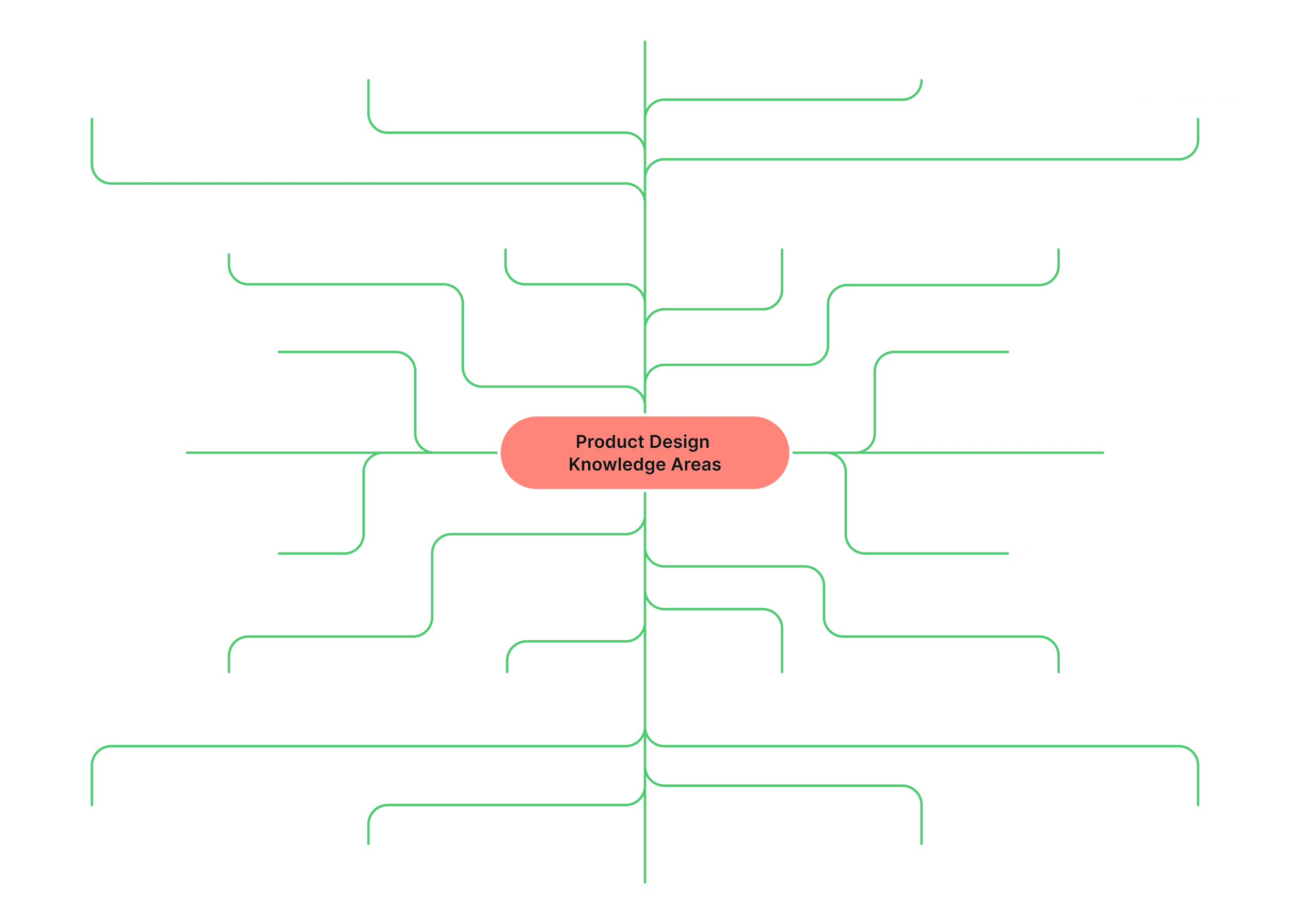
Mission and values
My product design approach is holistic and focused on a deep understanding of users and business objectives. Through research, creative strategies, and precise execution, I create intuitive, simple, and attractive solutions. By using design methodologies, I ensure that products remain relevant, enhance the user experience, and drive business growth.
User-Centered
I always prioritize the needs, behaviors, and pain points of users, ensuring that each product is intuitive and accessible.
Creative Innovation
I combine research, problem-solving, and creative thinking to design unique and effective solutions that add value to both users and businesses.
Business Objectives
I create designs that improve the user experience and align with business goals, market demands, and growth strategies.
Research-Based
Decisions based on research, data analysis, and usability testing to ensure informed, strategic, and effective outcomes.
Detailed Execution
Focus on precision, usability, and quality, ensuring that every aspect of the design, from concept to final implementation, is carefully executed.
Continuous Learning
Always staying ahead of industry trends, emerging technologies, and changing user needs to design relevant products.
Collaborative Process
Continuous communication with all teams to ensure successful feedback and integration throughout the product development process.
